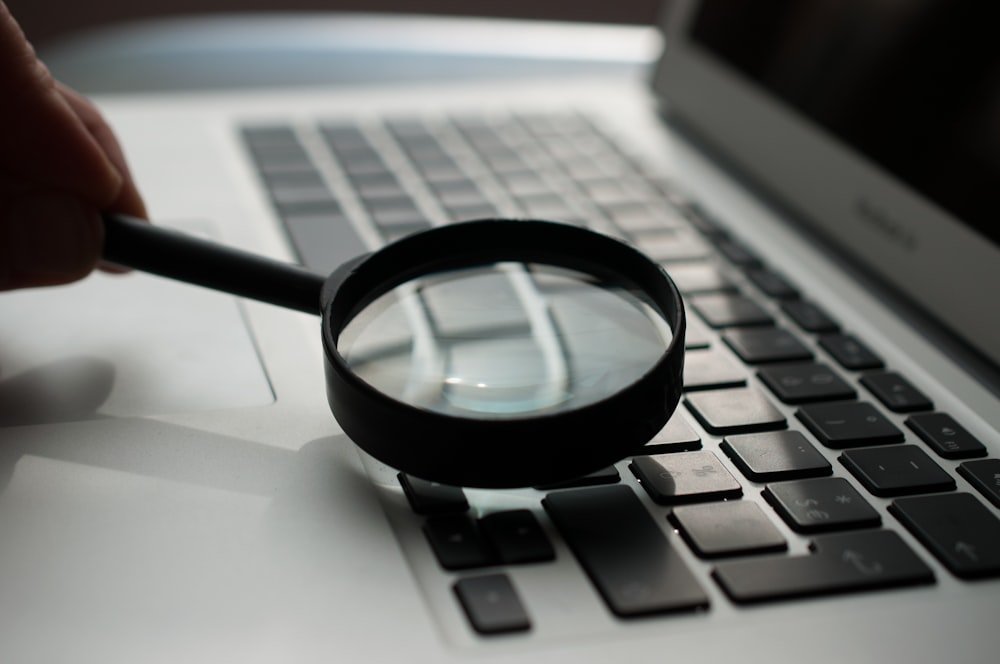Photo by Agence Olloweb on Unsplash
Evaluation of the Evaluating Tools
On my blog post titled Curating Resources to Assist Remote Learning I include the following three evaluation tools to critique resources for their appropriateness, correctness, and contribution:
- University of Victoria (Inba Kehoe): Criteria for Evaluating Internet Resources
- University of California – Berkeley: Evaluating Resources
- ISTE’s Today’s News: Real or Fake
I particularly like ISTE’s infographic as ISTE is a leader in providing practical guidance for using technology in education (and also the creator of the National Educational Technology Framework). The infographic is concise, easy to use and a great tool to use with students in the classroom.
I also found UVIC’s criteria for evaluating internet resources clear and easy to use. One downside to this resource is that it has not been revised since 2008, however it has been recommended twice in the past year by professors during my grad studies at UVIC which increases it’s credibility significantly along with knowing that the author, Inba Kehoe is a respected copyright librarian. I also appreciate that some of our students in the Victoria School District will attend UVIC and that using a UVIC created and accepted document can increase familiarity and connection with the university.
A search for “evaluating resources” on UVIC’s library website brings me to my third choice for evaluation tools: Berkeley University’s Evaluating Resources Tool. This tool is cited by UVIC’s Research Toolkit Summary Package (p. 11) and was recommended by graduate professors at UVIC. One final reason why I am confident using this tool is the recent update on June 29, 2020, which suggests to me that it has up-to-date content.
All three of these tools have more in common than they don’t which further strengthens my confidence in suggesting any of these three tools according to one’s personal preferences.
Evaluating my Resources
I used Berkeley’s evaluation resource and the guidelines of Authority, Purpose, Publication and Format, Relevance, Date of Publication and Documentation to decide which resources to include and which resources not to include in the blog post Curating Resources to Assist Remote Learning. This list is very similar to the criteria used by our school librarian and that which is taught to my students.
Referring to the Berkeley evaluation resource I took note of the following regarding credibility and relevance of my links and resources.
Government Documents and Leaders in the Industry
Each of the following links or references can be categorized as government documents or leaders in the industry. The intention for each of them is to increase knowledge and understanding of their topic and their primary audience is either educators or researchers (among others). These links are relevant to my blog as they provide reputable resources and additional information to the reader regarding my blog’s content. Each of the posts have the publication dates in brackets beside them. In some cases, sources are not cited (Government documents: FIPPA and Copyright Guidelines), however you will find resources cited in the other links. I have included the Mission Statements of ISTE and UNESCO as it gives more information regarding the intention of these organizations.
- FIPPA and online learning during the COVID-19 Pandemic (April 2020) from the Office of the Information and Privacy Commissioner of BC.
- Copyright Guidelines for Teachers (printed after 2012 copyright laws changed) by the British Columbia Teachers Federation
- British Columbia’s Freedom of Information and Protection of Privacy Act (June 24, 2020) BC government document
- BC Digital Literacy Framework (2013) BC government document
- Purdue University Basic Rules for reference lists (Oct. 2019) Purdue University is in Indiana, USA.
- The ISTE Standards for Educators (2020)International Society for Technology in Education mission statement:
- Open access: (2019) UNESCO mission statement:
UNESCO is the United Nations Educational, Scientific and Cultural Organization. It seeks to build peace through international cooperation in Education, the Sciences and Culture. UNESCO’s programmes contribute to the achievement of the Sustainable Development Goals defined in Agenda 2030, adopted by the UN General Assembly in 2015.
Common Technology (Websites and Learning Management Systems) in Education
The following links are for private businesses that are widely and commonly used in education. For example, SD61 endorses G Suite for Education, UVIC endorses Microsoft Office 365, WordPress and Moodle are free Blog and Website platforms, and Pixaby, Unsplash and Creative Commons provide access to open access education materials.
- Pixabay, Unsplash, or Creative Commons,
- WordPress. Moodle
- G Suite for Education: Google Docs, google classroom
- Microsoft Office 365: Microsoft Teams
Links to the Personal and Professional Work of Educators
The following links or resources are to my personal work (offered as examples to some of the organization methods I suggest) or to #tiegrad 2.0 cohort members and contributors.
- An Introduction to Digital Accessibility, Creating Accessible Content for Online Learning and also Kim Ashbourne’s blog
- Considering Privacy Online
- Science 10: Nuclear Power
- Building Digital Literacy: Resource Guide for Google Classroom and FreshGrade
- Environmental Science: Planning, Planting and Maintaining a Healthy garden
Scholarly articles are listed at the bottom of my blog. They were found using the UVIC library search engine with the criteria of “Peer reviewed scholarly articles” and “published within 5 years”, so they have been reviewed by respected researchers in the field of education and are recent in their findings. I certainly hope to add to this list and am not against including older relevant material, however when focusing specifically on open technology use in K-12 for collaboration I began my search by limiting the age of the publications.
